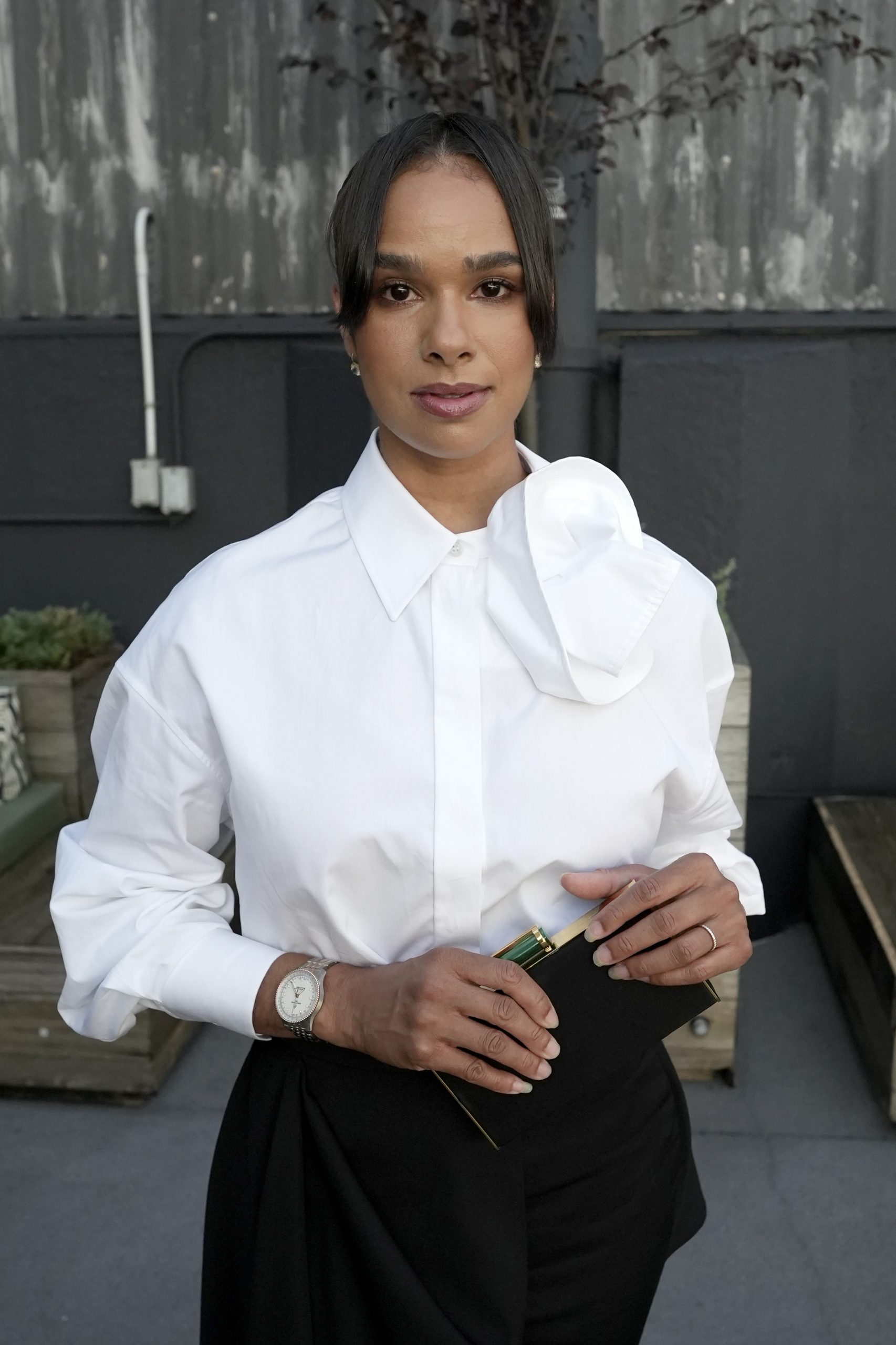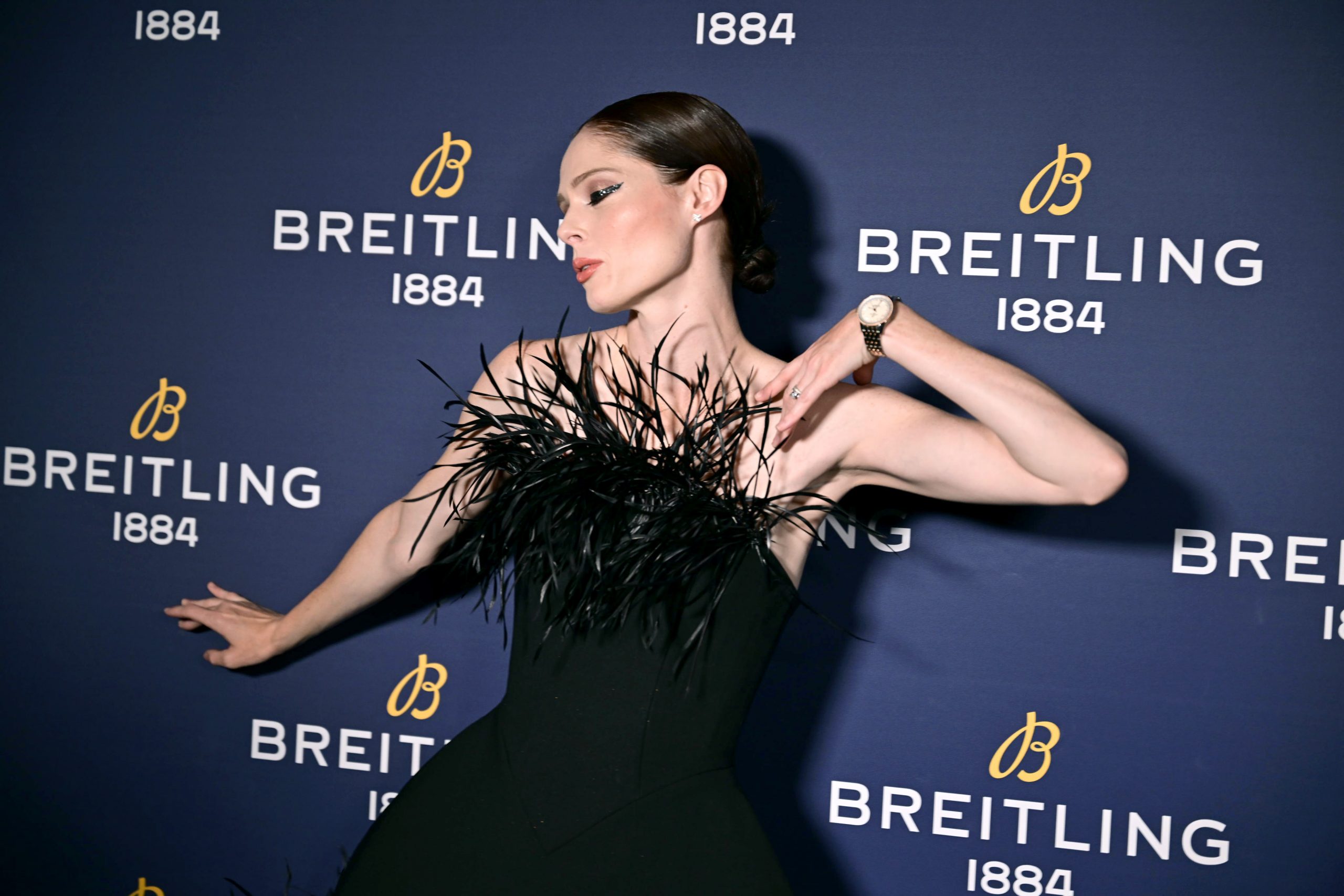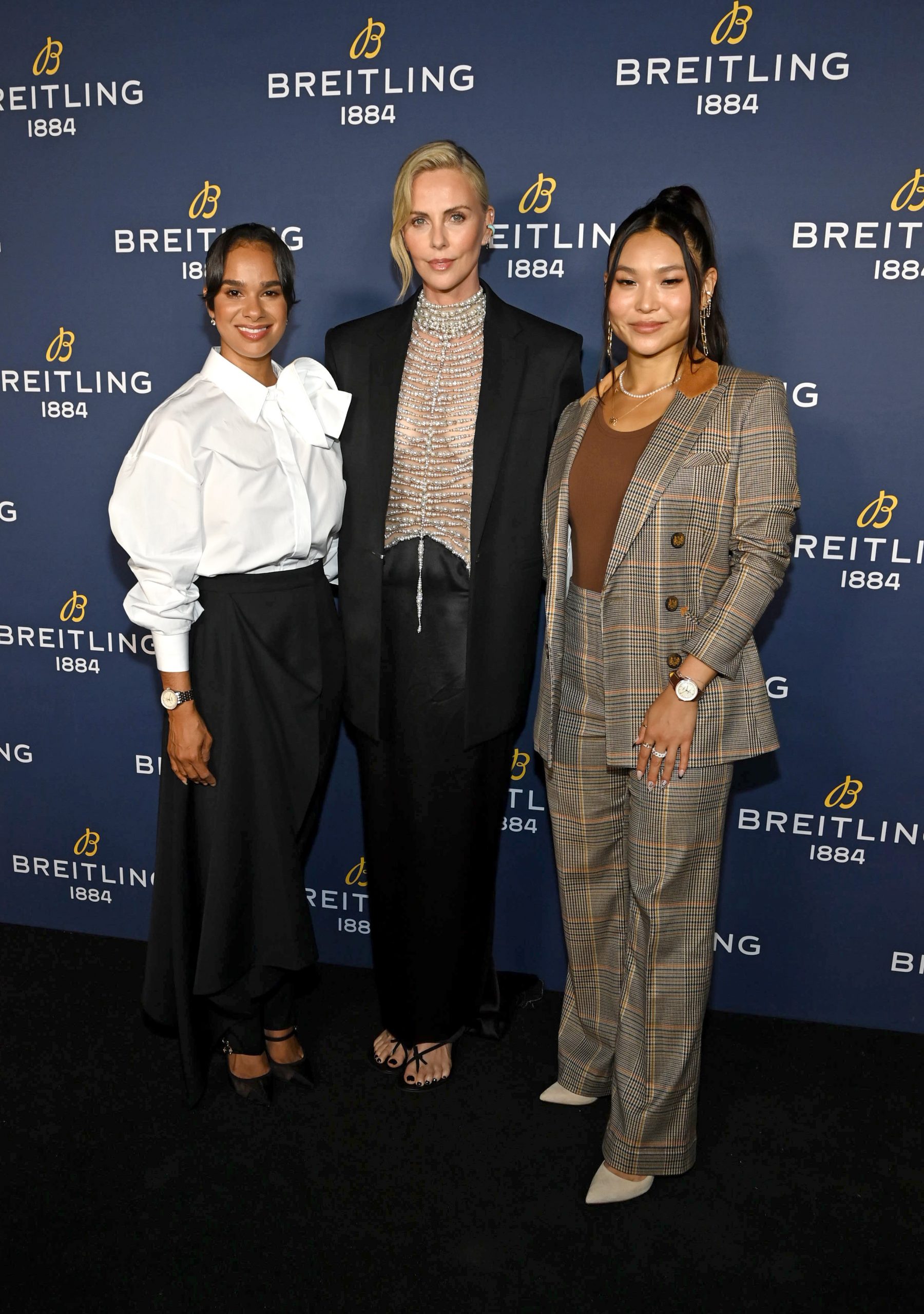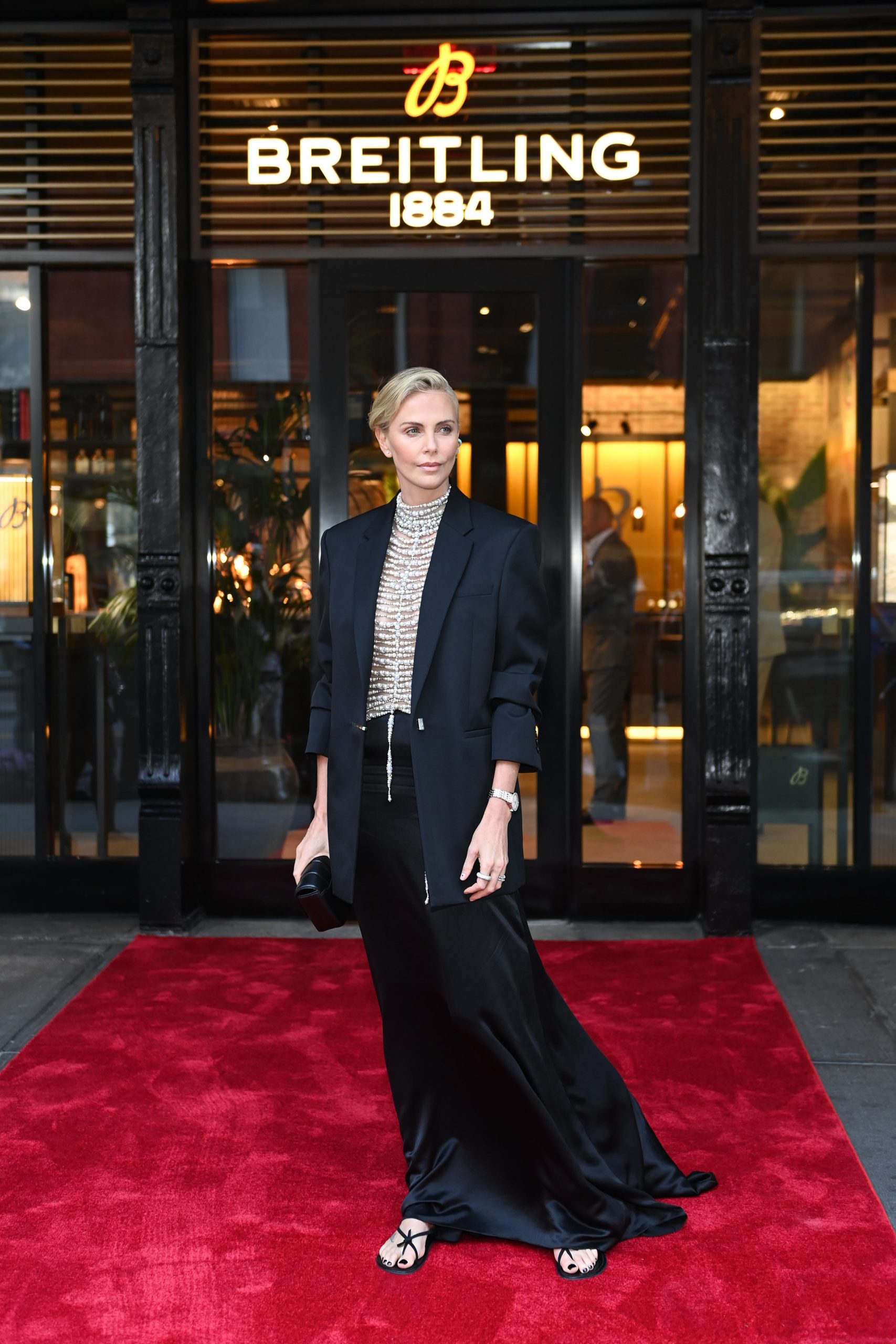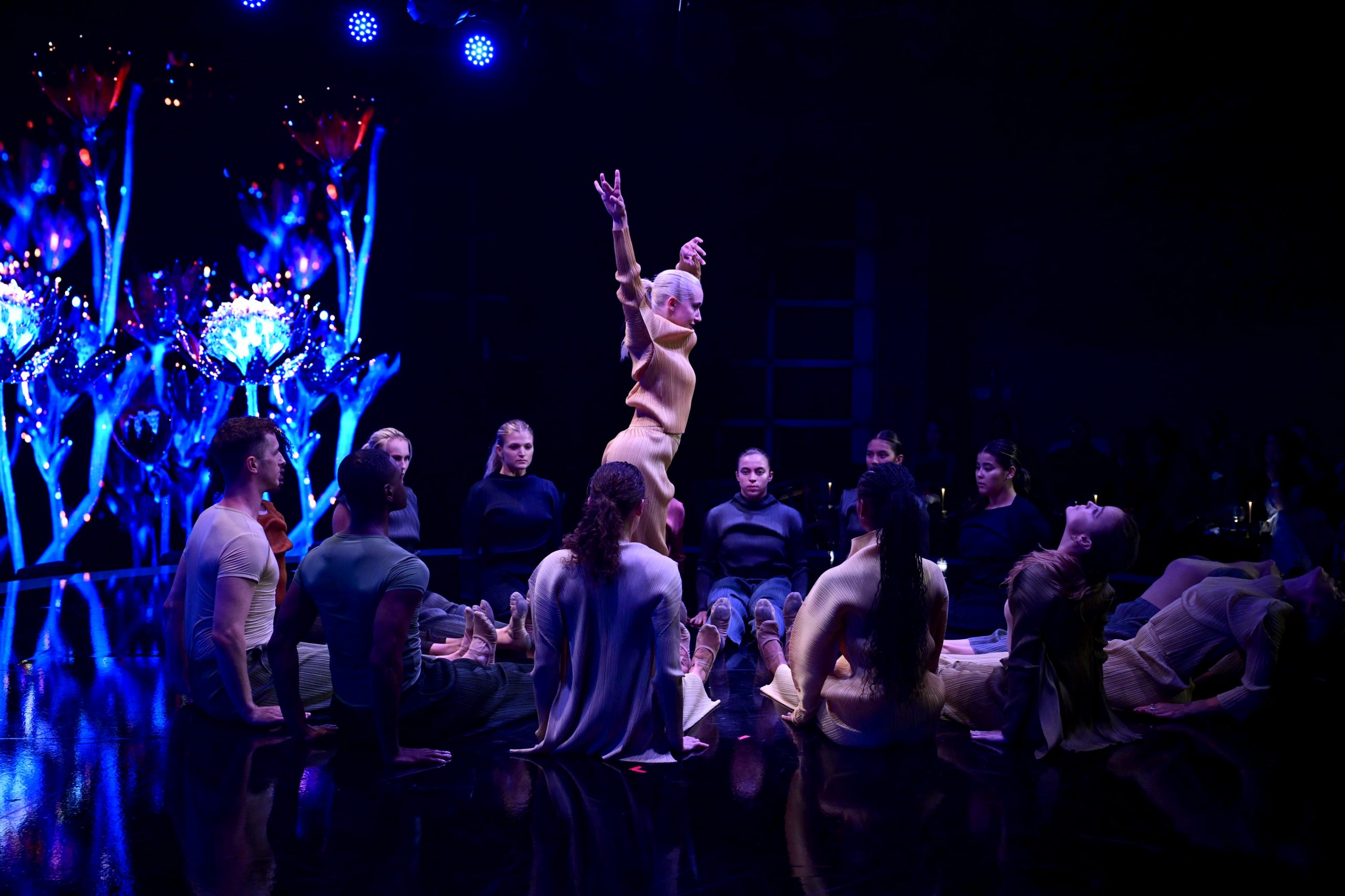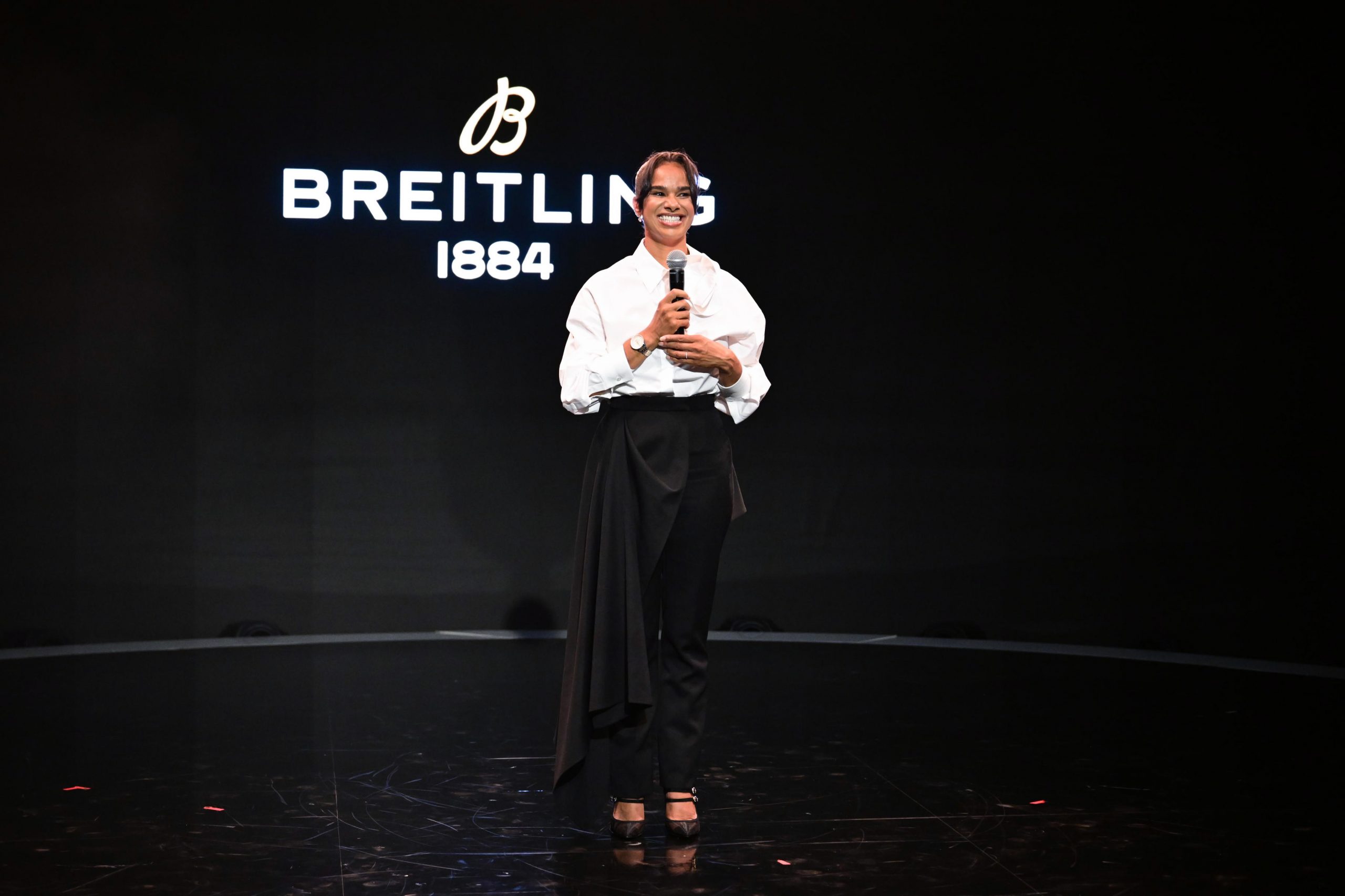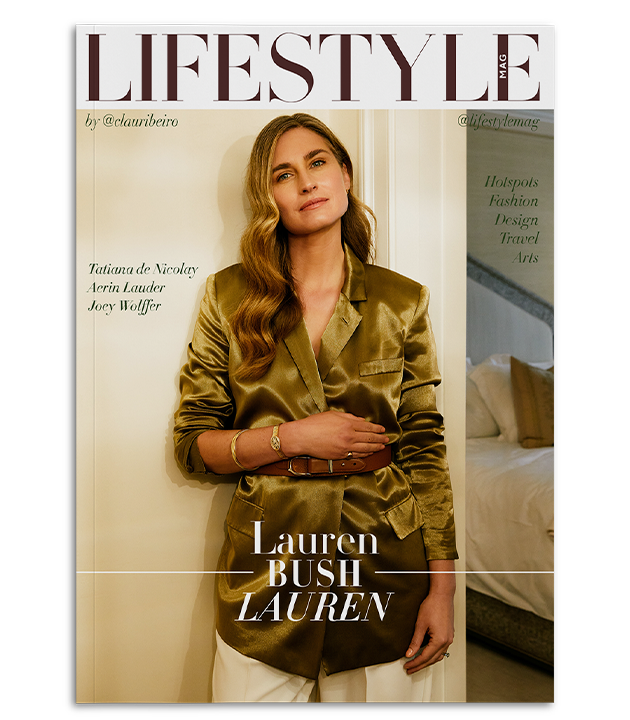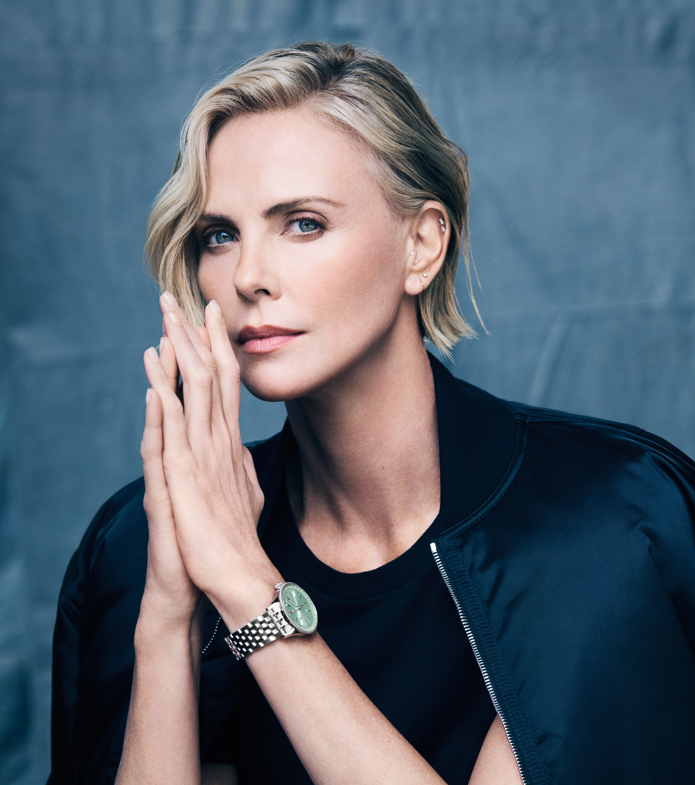
Breitling launches new women’s watch models in a night of luxury and glamour in New York
The watch brand introduced the Navitimer 36 and 32 models at a special event in the city.
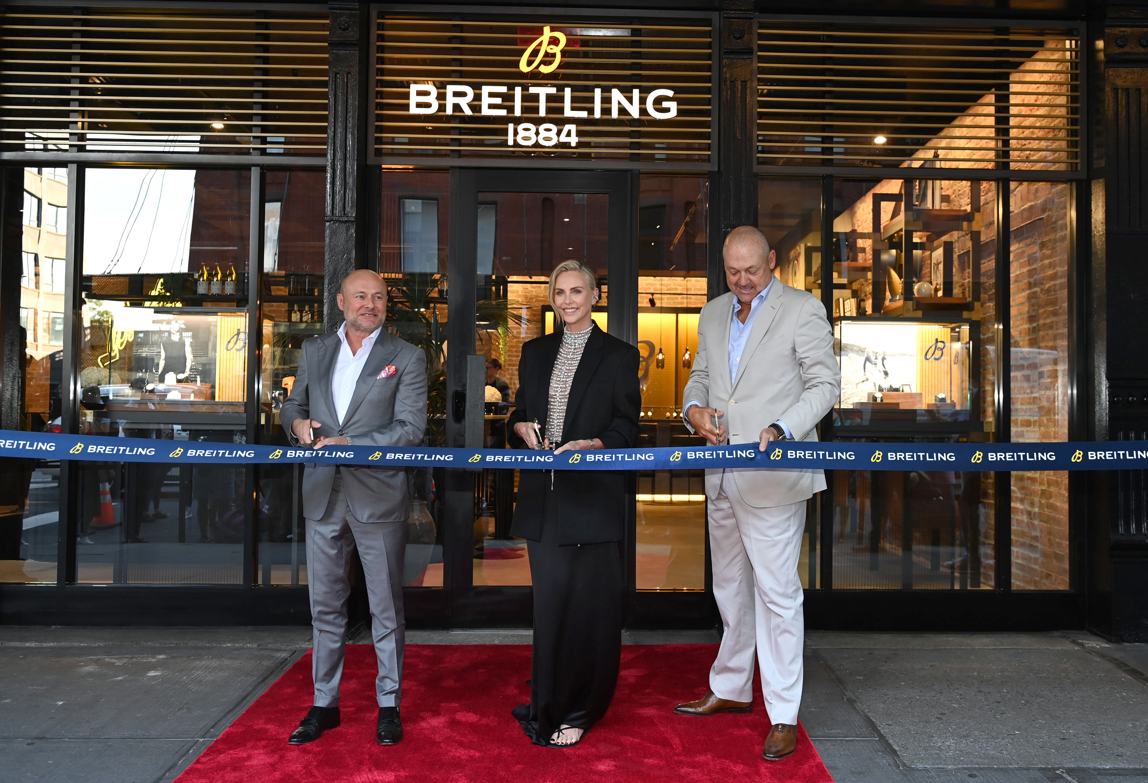
The renowned Swiss watch brand, Breitling, unveiled the latest release of its iconic Navitimer model in two new sizes, featuring a slimmer and more elegant silhouette, with mother-of-pearl dials, 18k red gold, and diamonds.
The new Navitimer 36 and 32 celebrate the model’s history, which began as a navigation tool used by pilots on their journeys and now becomes a symbolic representation of the personal journeys of other leaders and conquerors.
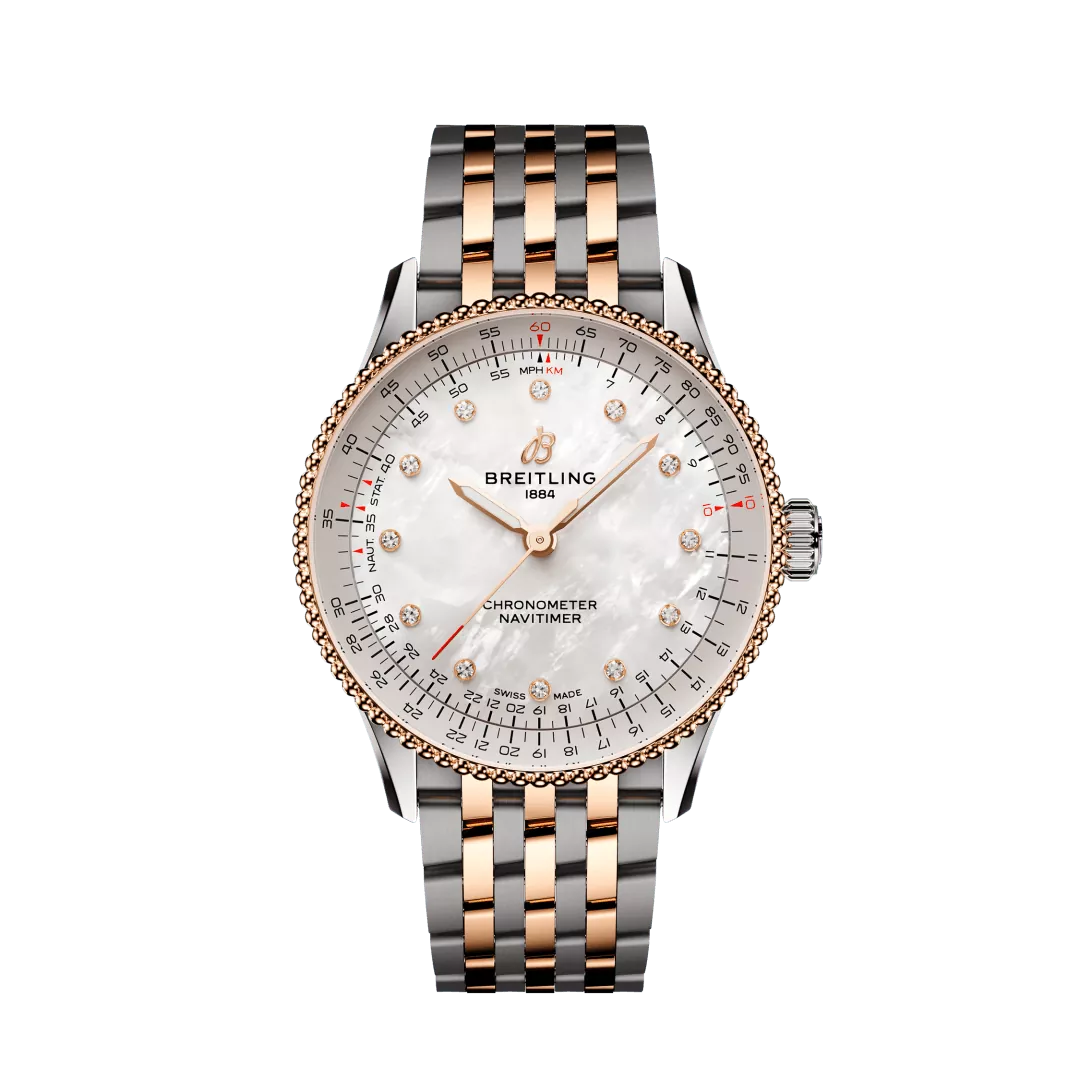
To celebrate this meaning, Breitling launched the campaign NAVITIMER — FOR THE JOURNEY. Starring the Navitimer Squad, a team composed of basketball star Giannis Antetokounmpo, principal ballerina Misty Copeland, aviation pioneer Bertrand Piccard — and now actress Charlize Theron, Oscar winner and the personification of the new Navitimer 36 and 32.
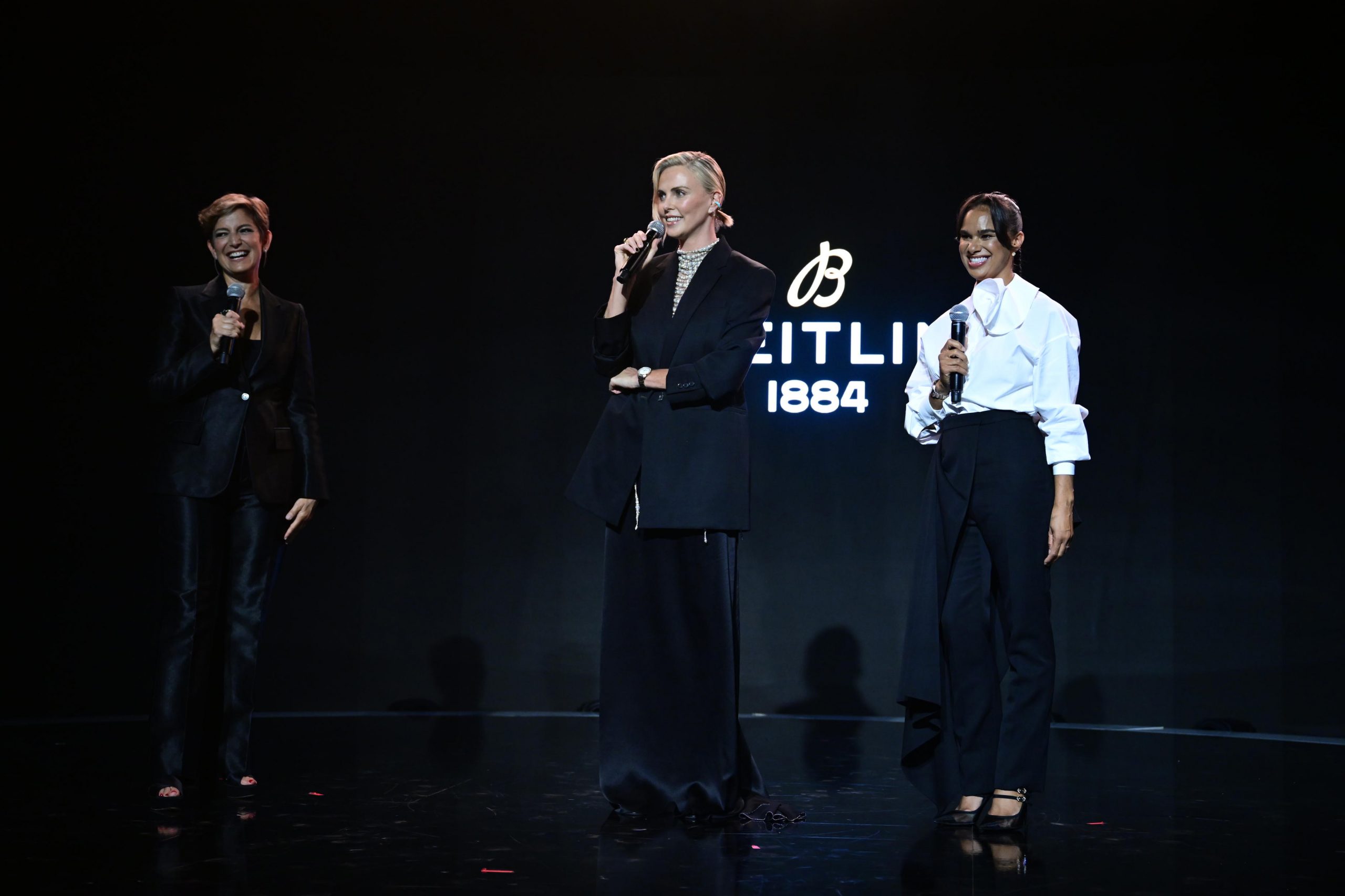
Lifestyle Mag was there not only to honor but also to speak with Misty Copeland, one of the ambassadors and a member of the Navitimer Squad. Misty is part of today’s ballet history; she was the first black woman in history to be promoted to principal dancer at the American Ballet Theatre — and today she is one of the greatest ballerinas of our time, with published books and a documentary that tells her story, in addition to having been named one of the 100 most influential people by Time magazine in 2015.
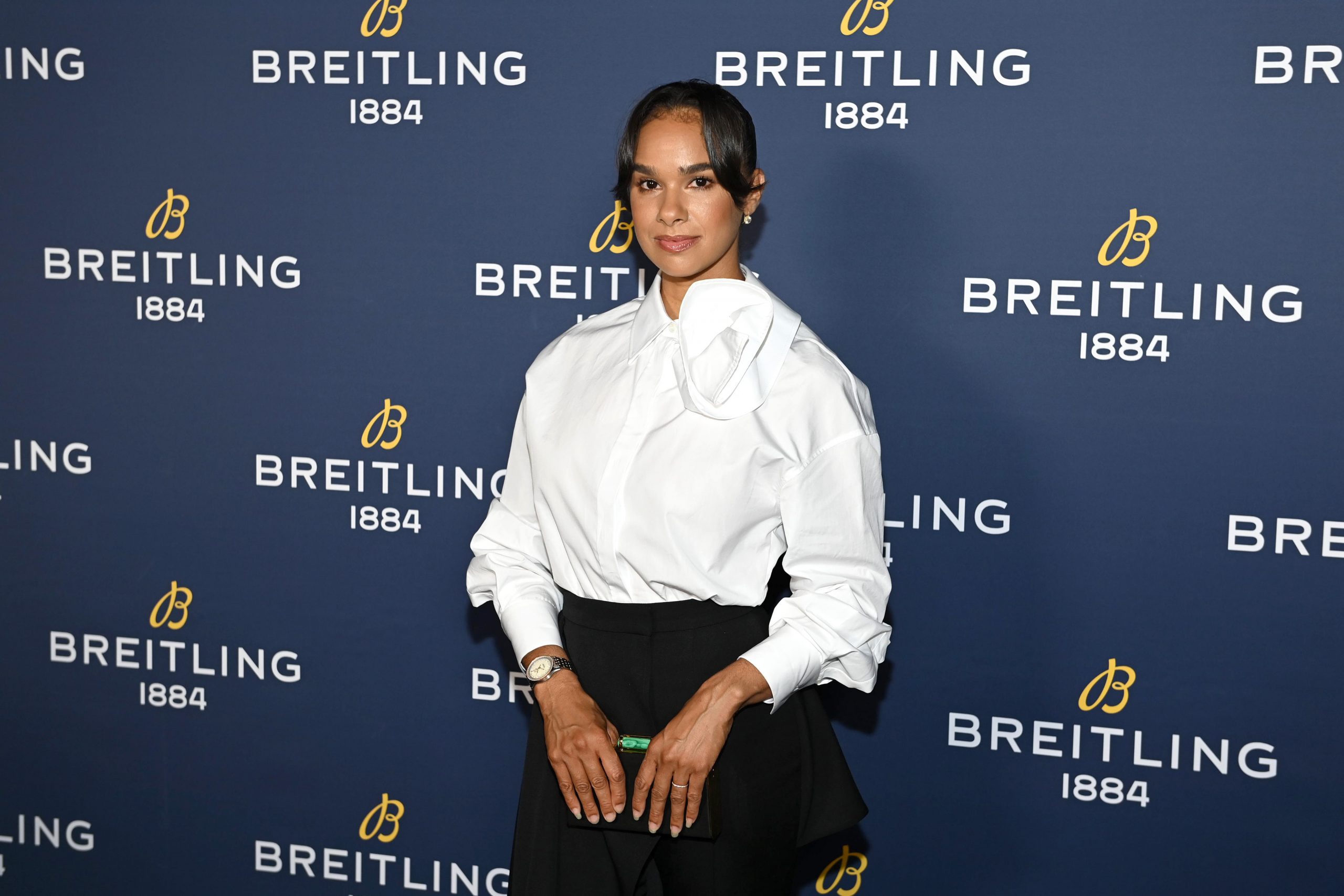
LM: The first question is, how do you feel having Breitling as part of your personal life and being its ambassador?
MC: It is an honor to be part of a brand that has this incredible legacy and history—it’s about legacy, creating something that is timeless and the journey that leads to crafting beautiful watches. Creating watches is an art in the same way that you create art with your body, so I feel very honored to be part of Breitling and its journey up to this point.
LM: And how do you think you would incorporate storytelling through your dance?
MC: It’s an intrinsic part of what I do. We train the technique for years, day after day, because it is a language of storytelling. It gives us the necessary tools to communicate the story without words—and that is my favorite part of what I do. Of course, I love the technical aspects, as they are part of what we do daily, but in the end, it’s all a tool to go on stage and perform, and that’s what I enjoy the most.
I am really looking forward to these amazing and surprising performances we will have tonight.
LM: What do you consider the greatest achievement of your career?
MC: When I look back I had the feeling that ballet was not something within my reach and, considering all the opportunities I’ve had because of ballet, it’s hard to choose just one thing.
Becoming a principal dancer, being the first black woman to achieve that at the American Ballet Theatre, is one of them. Being in a position where I can use my voice and my platform to share the incredible story of black women in ballet that are not always told.
And then, of course, being aligned with amazing people and having incredible partnerships like this. Dancers don’t usually have the same opportunities as many actors, actresses, or professional athletes. It’s surreal to think of all the things I’ve had the opportunity to do and, I hope, to set an example and show that artists have as powerful an impact as other people who receive these opportunities, so I hope I’m not the last to be in this position.
LM: How do you maintain a healthy lifestyle with everything you do, with a busy life and being a principal dancer?
MC: It has a lot to do with what I’ve been doing since I was 13 years old, the discipline involved in being a dancer. We use our body as an instrument, and we need to take good care of it. There are many clichés in the ballet world, such as eating disorders and so many other things, but at the end of the day, we are athletes and we need to be healthy to have a long-lasting career.
For me it’s about listening to my body and treating it with respect, because that’s what allows me to perform and deliver my art. Everything in my life has led me to this point, to understand how important it is to be healthy, especially being a first-time mother.
The importance of treating myself with respect, because I need to be present for my family, be strong and be ready to care and nurture.
Today is my first night away from my son; he just turned 17 months, so the older I get, I realize that if you really listen to your body, it will thank you. It’s not easy, and family becomes more important when you have someone who needs your care.
LM: How has your platform as a public figure allowed you to advocate for social and cultural change in the Valley community and beyond?
MC: It has been very organic for me; being a black woman and the only black woman at the American Ballet Theatre for the first 10 years of my career showed me the importance of representation, not only being a body on stage but also having an active voice, and that’s one of the things many dancers don’t take into account.
Artists and athletes, especially dancers, are not usually encouraged to have a voice or an opinion, and I think it makes the world a better place when we listen to what they have to say.
That has been a big part of my mission: to share my experiences and those of so many others who came before me and who did not have the same opportunities I had as a black person in the ballet world, and that’s something I feel I need to do.
It’s not just about being a ballet dancer, but about being part of something bigger than myself; I am part of an incredible legacy of black dancers and I am proud to be able to speak about these experiences.
LM: And you are also an author, right?
MC: Yes, and that’s another way to leave a legacy and have a voice. It’s all connected to that mission of bringing more access and opportunity to be part of the arts, especially for children and underserved communities.
Through my books and everything I write, and there’s much more to come through my foundation, the The Misty Copeland Foundation and my production company Life in Motion Productions. All of this with the same mission of exposing, providing opportunity and access to dance, especially for underserved communities.
LM: Is there anything you would like to share with our readers? As this is our last question, I would like to know what message you’d like our magazine’s readers—who originally started in Brazil, and especially those who admire you and draw inspiration from your journey—to receive.
MC: I think that in the end it’s about being happy, listening to yourself. It’s about having a support system around you with people you trust, who believe in you and encourage you even on days when you feel unmotivated and, whatever it may be, I think all those things are important to value and respect yourself.
I think this is very important, especially for young people today, who can get so lost and caught up in the noise and chaos of social media feeling that they need to be or look a certain way.
It’s about returning to yourself and understanding the power of being an individual, having your own voice, and that these things are much more impactful and rich than blending into the chaos of the world.
LM: And I’m just improvising here: how do you feel you found your voice, your personal and unique voice?
MC: I feel that I used dance as a tool to discover my voice; it allowed me to connect with my body and my strengths and that has guided me in everything I do. Dance has been the backbone that gave me everything, that gave me confidence, that allowed me to feel beautiful in my own individuality, and that is why I always encourage people to expose their children—and themselves—to the arts, to music and to dance, because I think that allows you to delve into yourself and find your voice.
